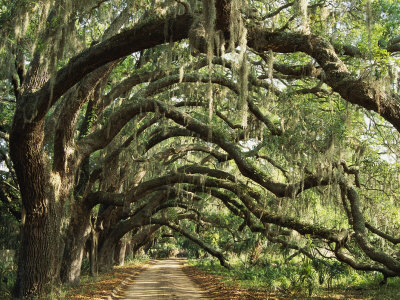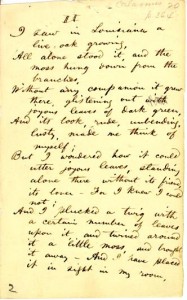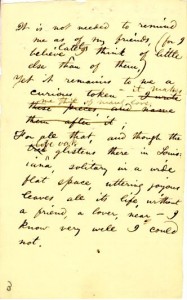A live oak
According to the Merriam-Webster’s dictionary, the live oak is any of several American evergreen oaks noted for its extremely hard tough durable wood. You could say that it’s a powerful symbol of strength and you wouldn’t be mistaken. But if I asked someone from Texas what live oak means to him, I would probably get an answer: “Beer!”

Since most people from Serbia are not acquainted to the finest beers of the North American continent, an average Serbian would just shrug his shoulders to the same question. What was interesting for me was the fact that it is not like any oak I have ever seen around here. Its massive structure is impressing, but what is even more interesting is the moss growing on the trees giving them a striking appearance.

(Ancient live oak trees in Georgia)
“I saw in Louisiana a live-oak growing,
All alone stood it and the moss hung down from the branches,
Without any companion it grew there uttering joyous leaves of dark green,
And its look, rude, unbending, lusty, made me think of myself,
But I wonder’d how it could utter joyous leaves standing alone there without its lover near—for I knew I could not.
And I broke off a twig with a certain number of leaves upon it, and twined around it a little moss,
And brought it away—and I have placed it in sight in my room,
It is not needed to remind me as of my own dear friends,
(For I believe lately I think of little else than of them,)
Yet it remains to me a curious token—it makes me think of manly love;
For all that, and though the live-oak glistens there in Louisiana solitary in a wide flat space,
Uttering joyous leaves all its life without a friend, a lover near,
I know very well I could not.”
(Calamus, 1860)


Whitman speaks of a tree that is alone, solitary, isolated in Louisiana without a lover near. There lies a different, more homoerotic aspect behind the lines, besides mere solitude. He mentions that the oak reminds him of manly love, of a person who is waiting for his lover and even the branches look rude and lusty to him. Indicative enough…




